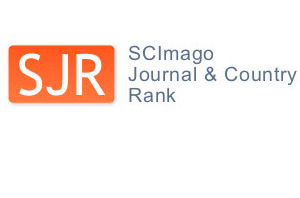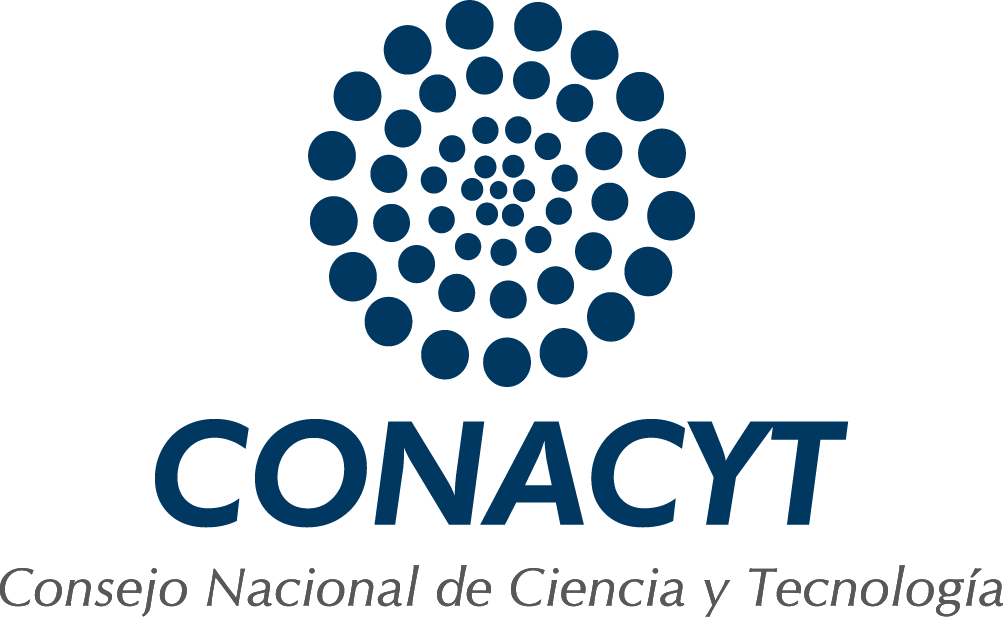La más alta parte del mundo: señales de la sacralidad hispana en Mesoamérica
Resumen
This article analyzes the symbolism of the top of the earth in the works of sorne of the chroniclers of the Indies, including Christopher Columbus, Bartolomé de las Casas, Bernardino de Sahagún, Diego Durán and Juan de Torquemada. Continuing a Medieval and Renaissance tradition, the explorers and evangelizers of the New World searched for signs of the top of the world -or paradise on earth-in the lands they traveled and in the prehispanic annals they discovered, although they also associated indigenous veneration of high places with devilworship. Despite the parallels between indigenous and Spanish representations -both considered that high places were to be devoted to prayer and encounters with god-the ancient sites of indigenous cult worship on mounds, pyramids and mountains were vilified by the conquerors and sacred space limited to the bounded confines of churches and temples. Thus, the concept of sacredness was transformed in Mesoamerica as the Church and its friars carne to represent the new symbols of that which was elevated, spiritual and sacred.



